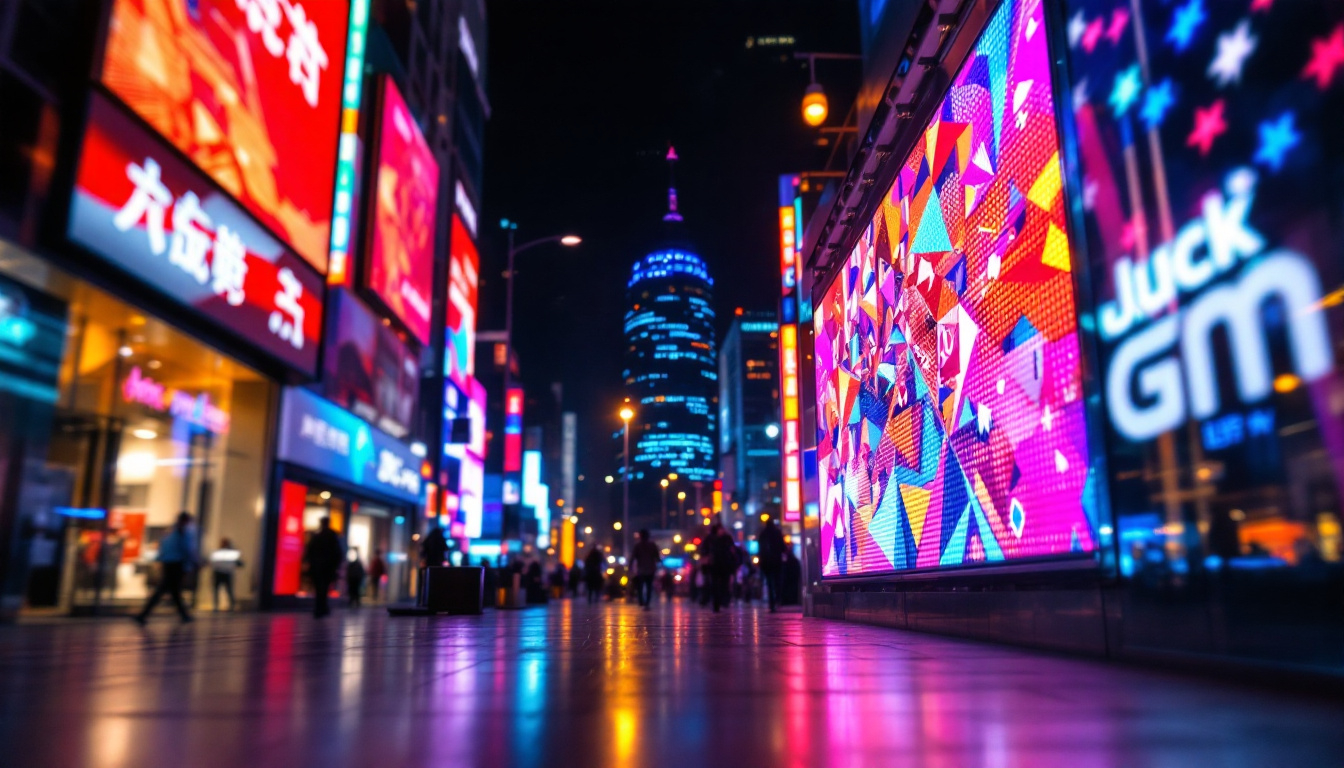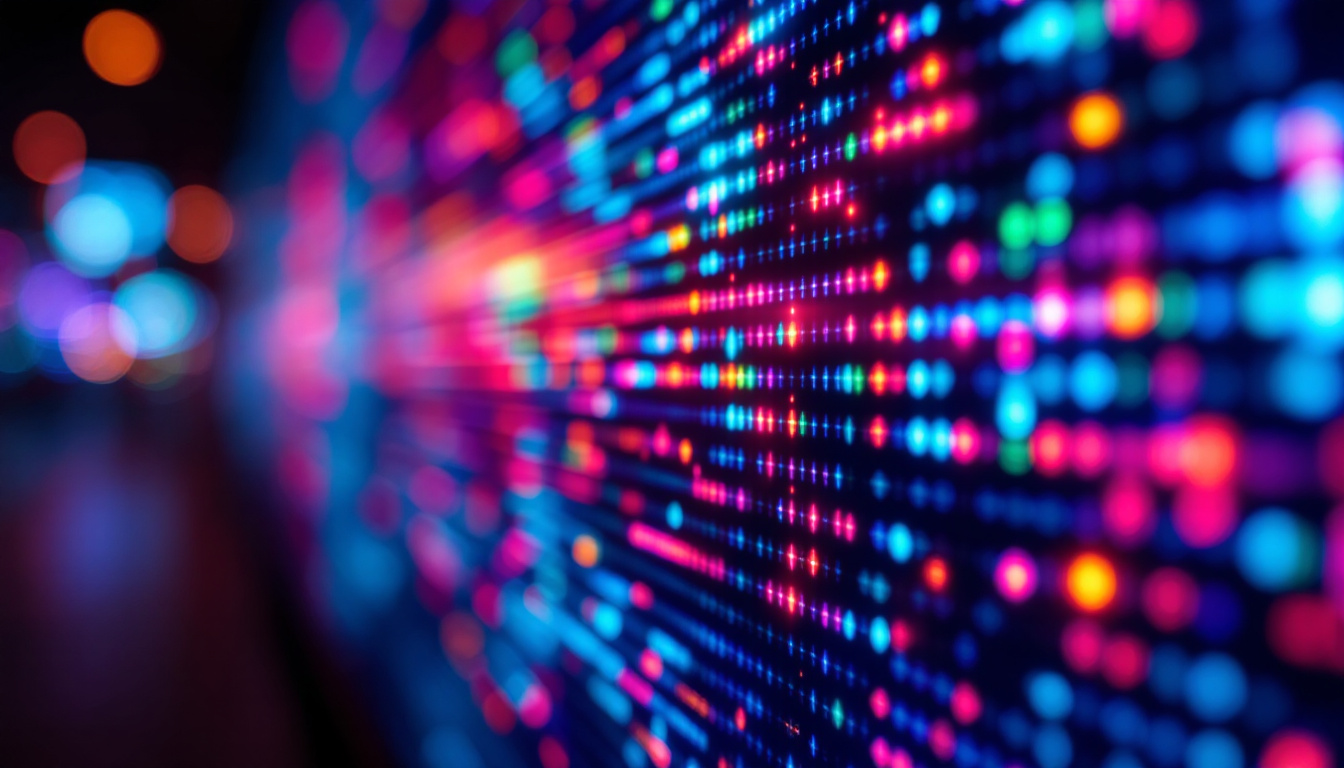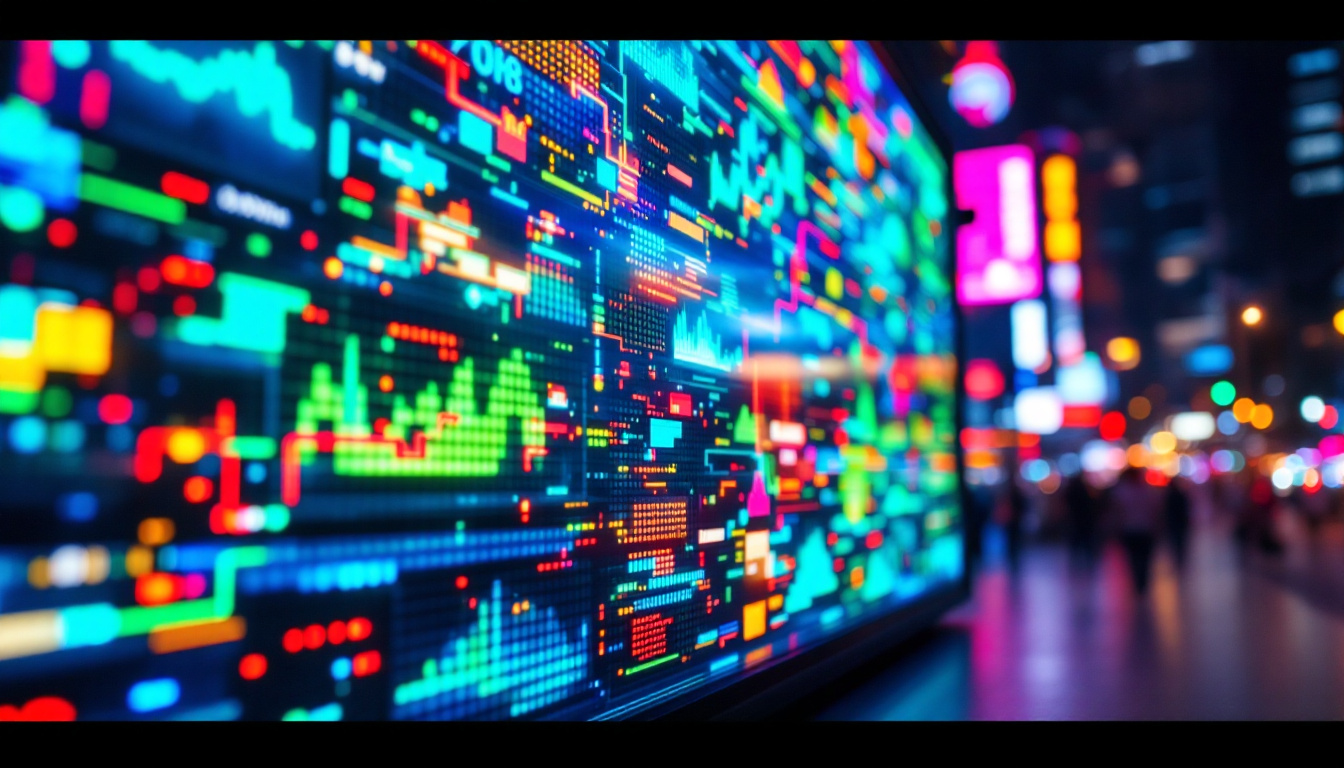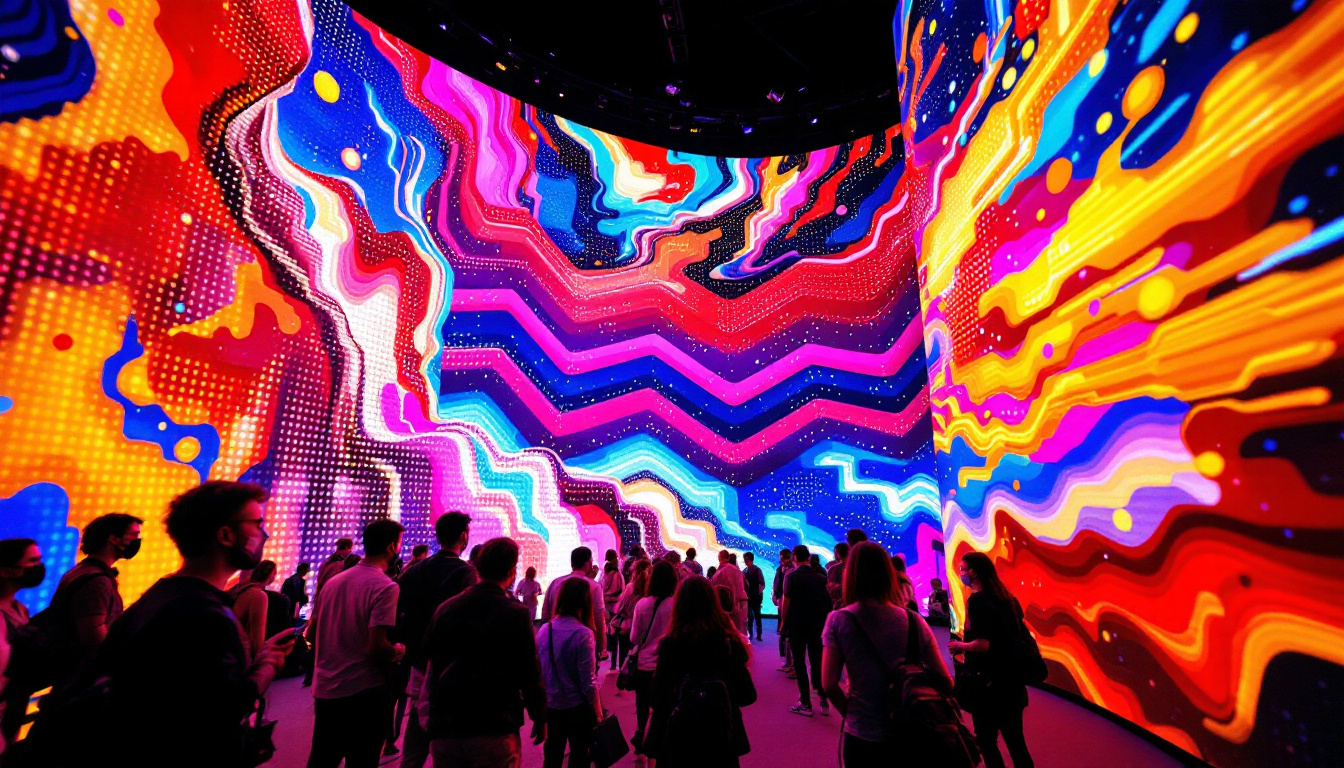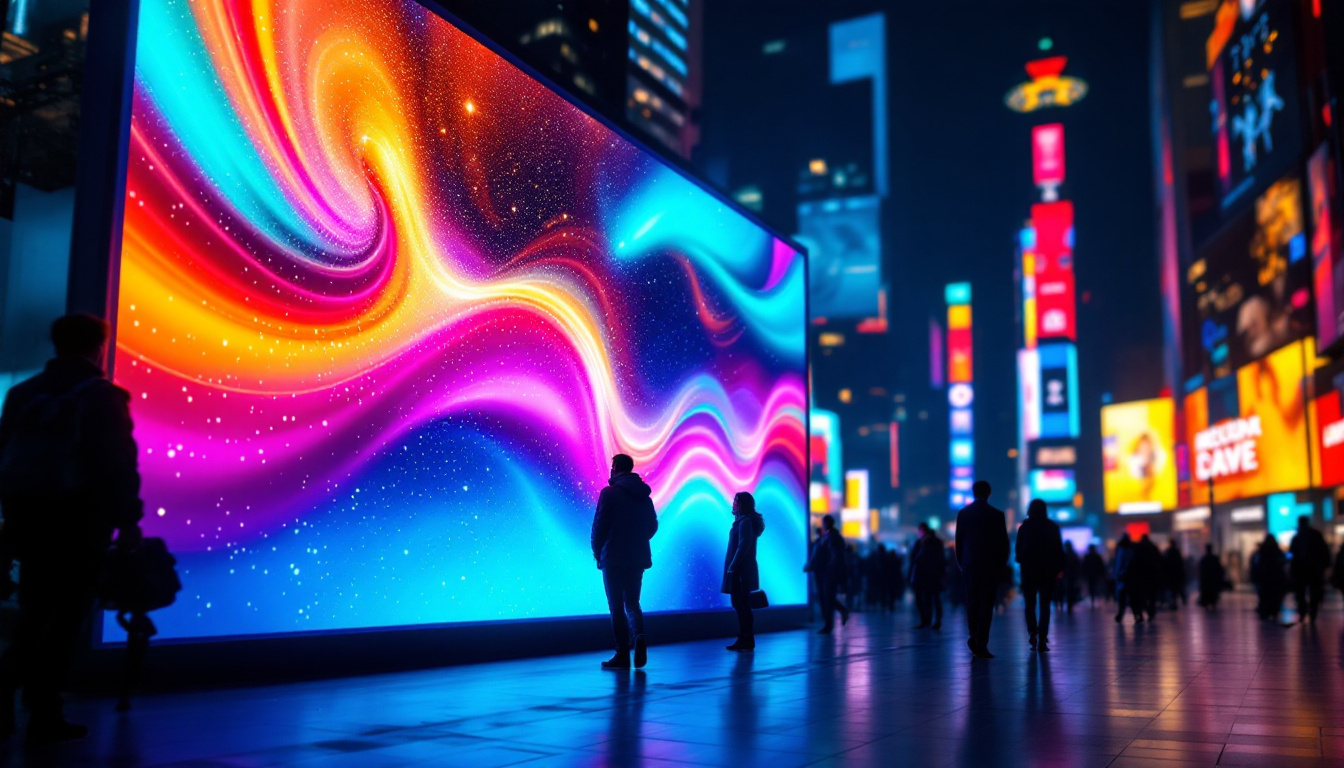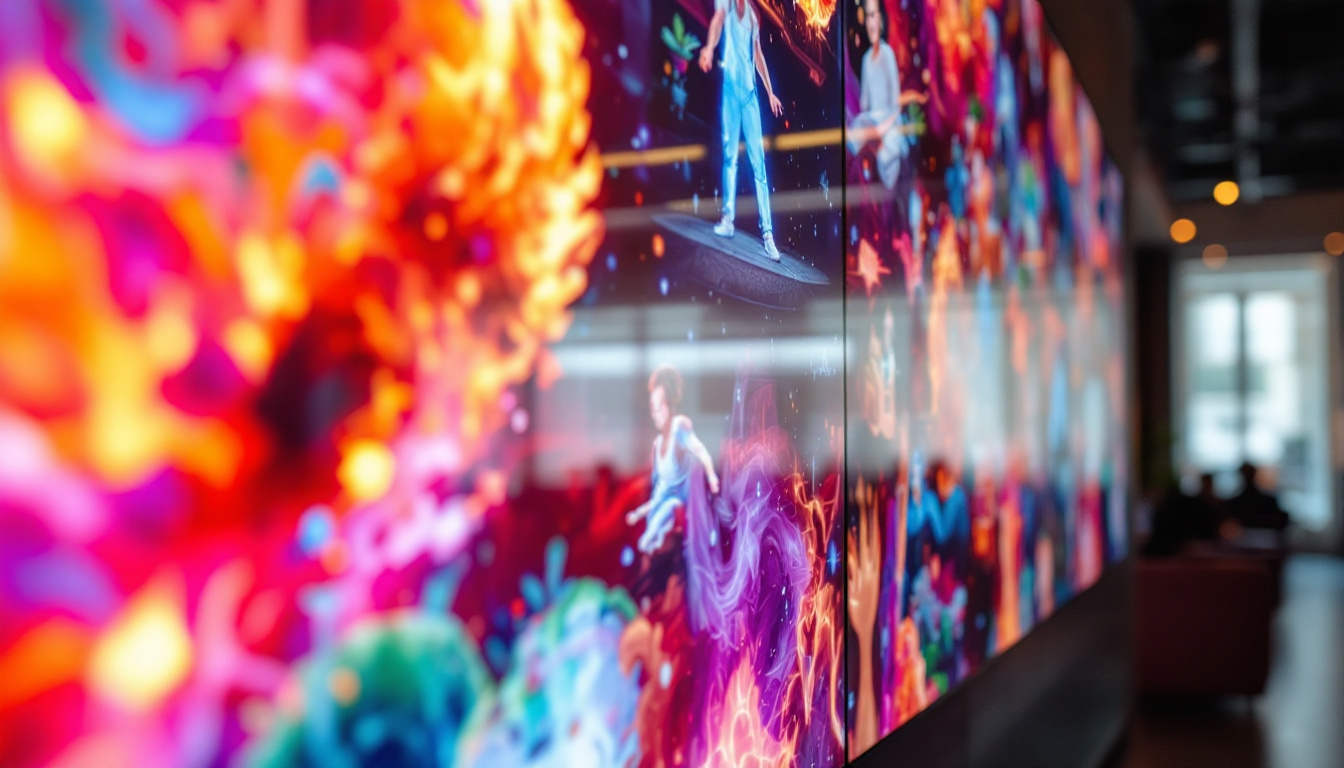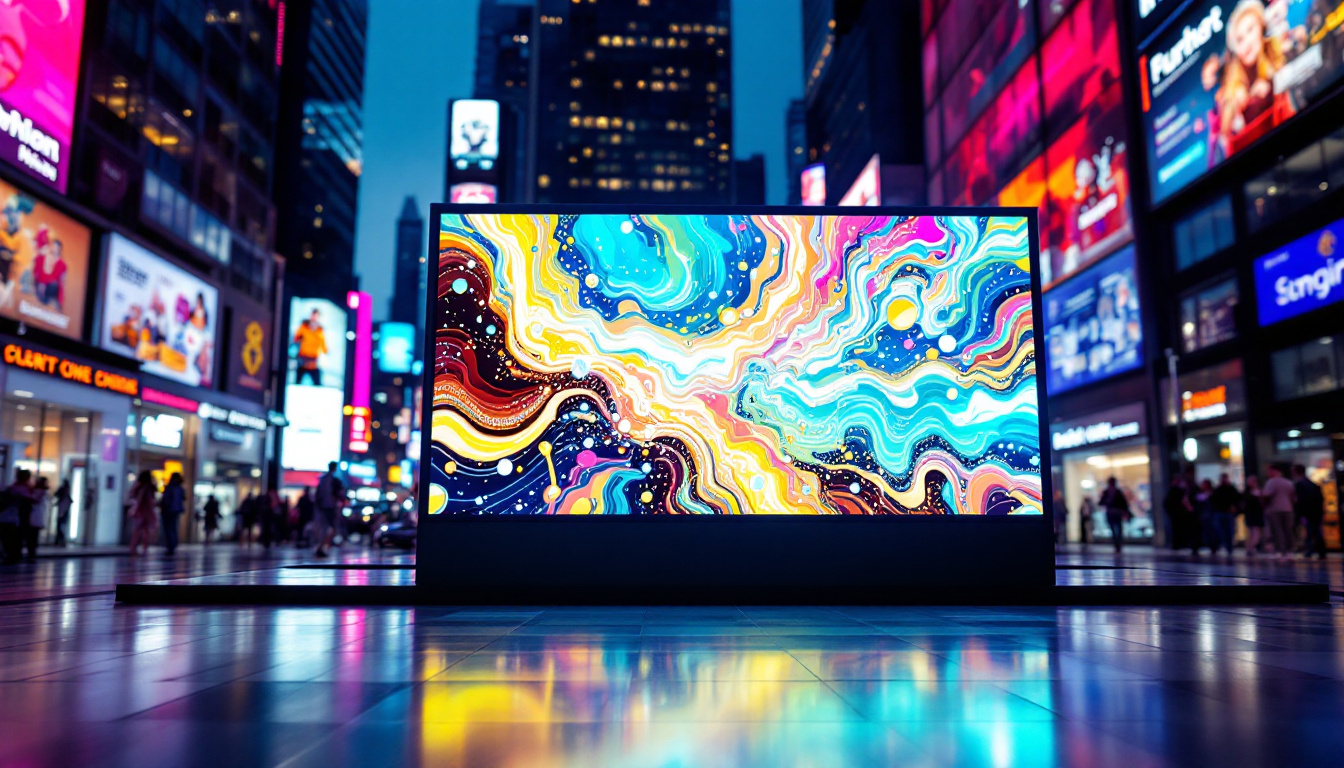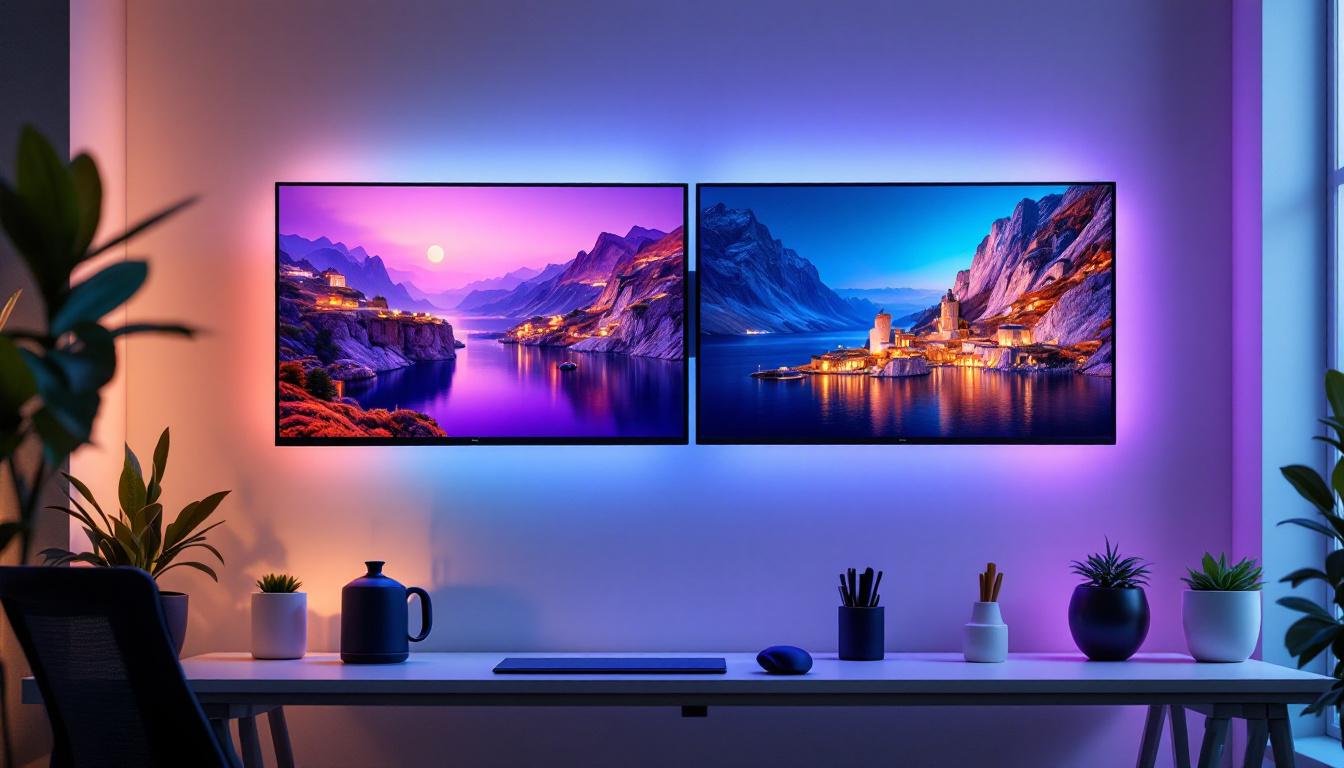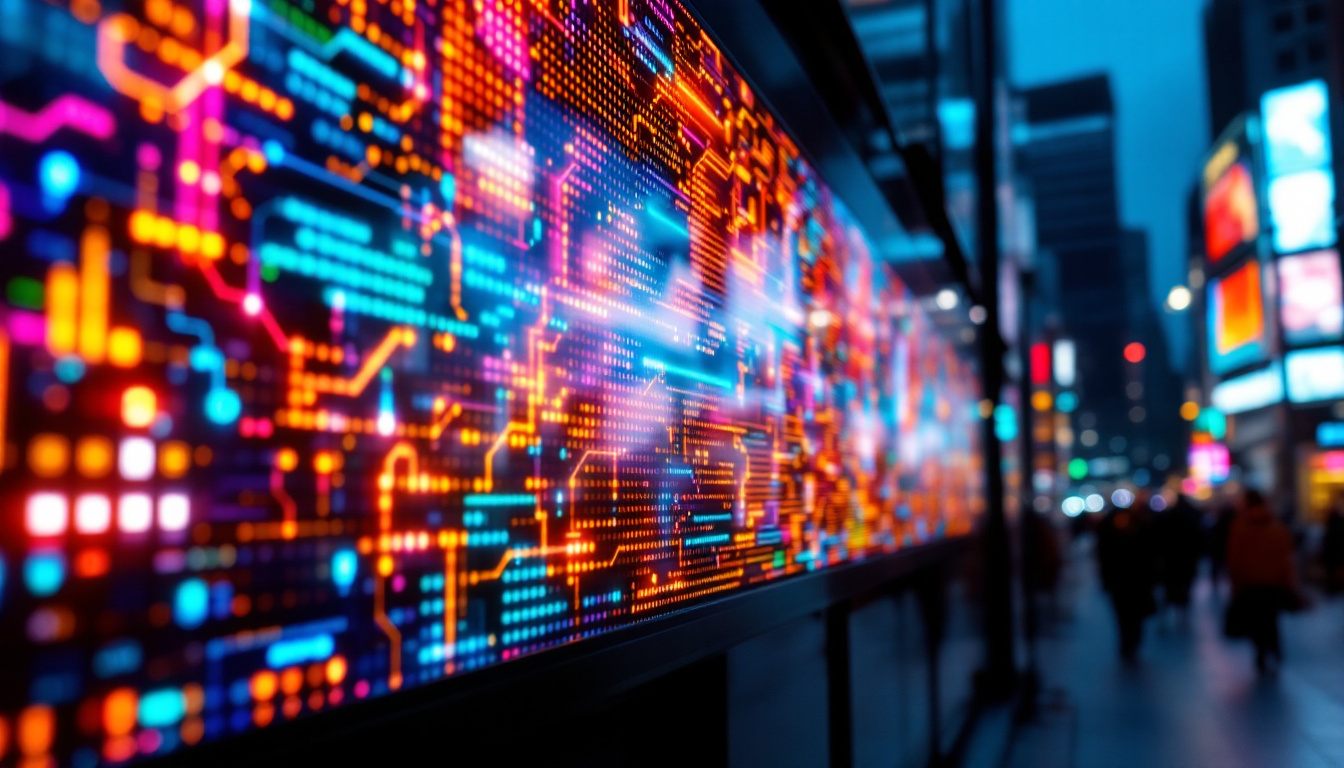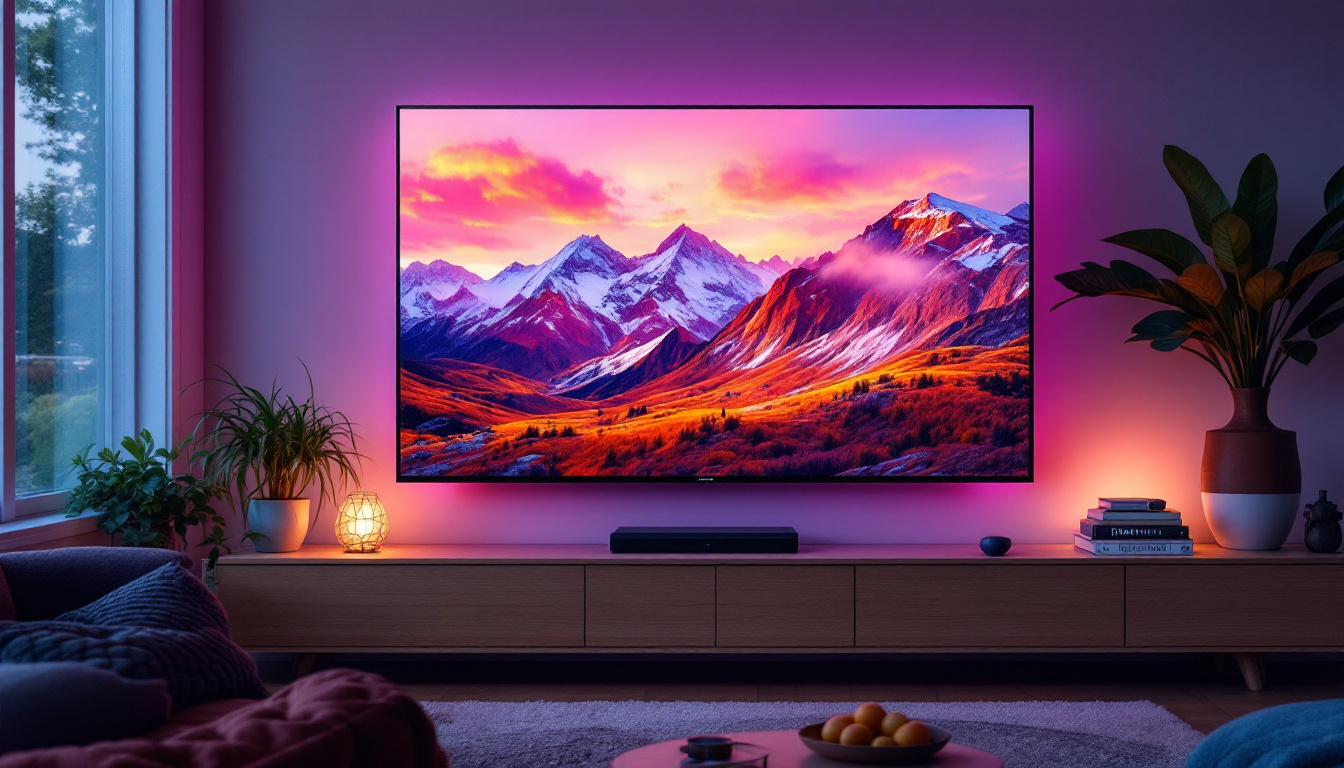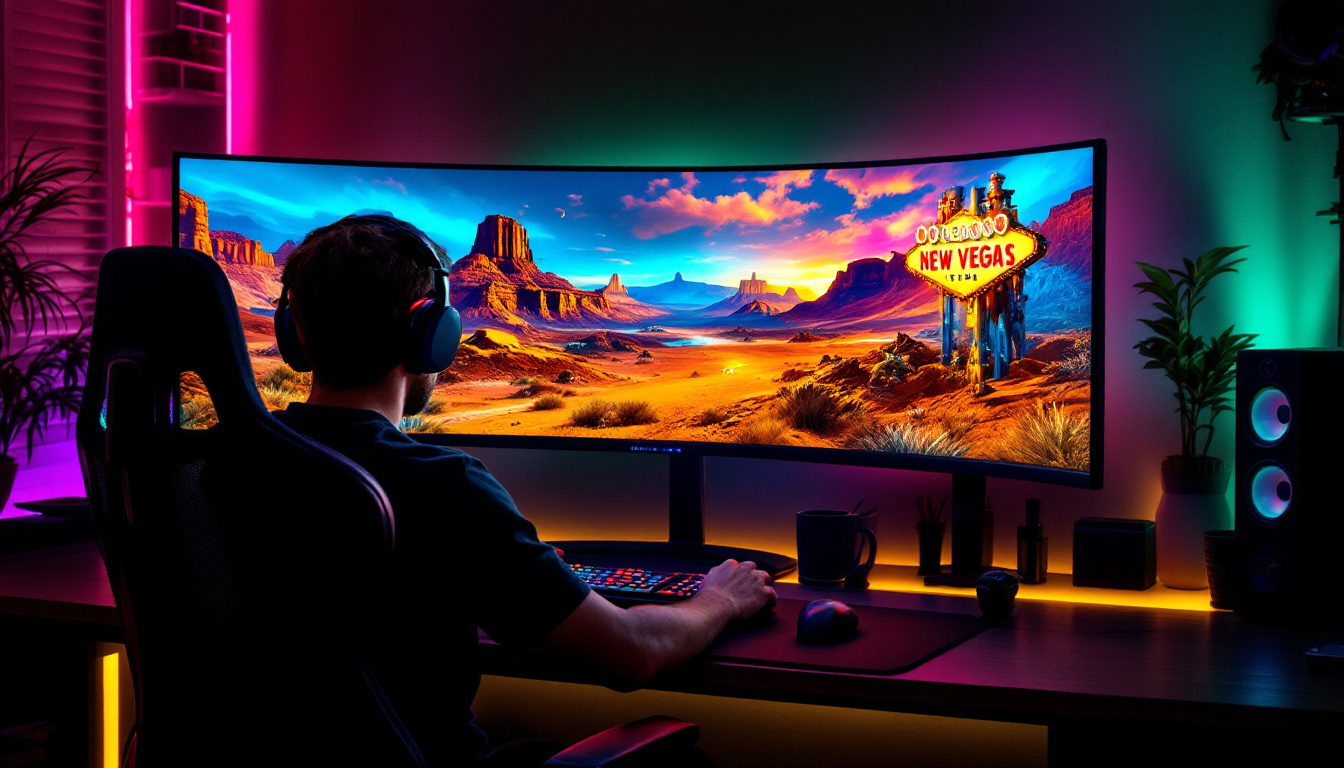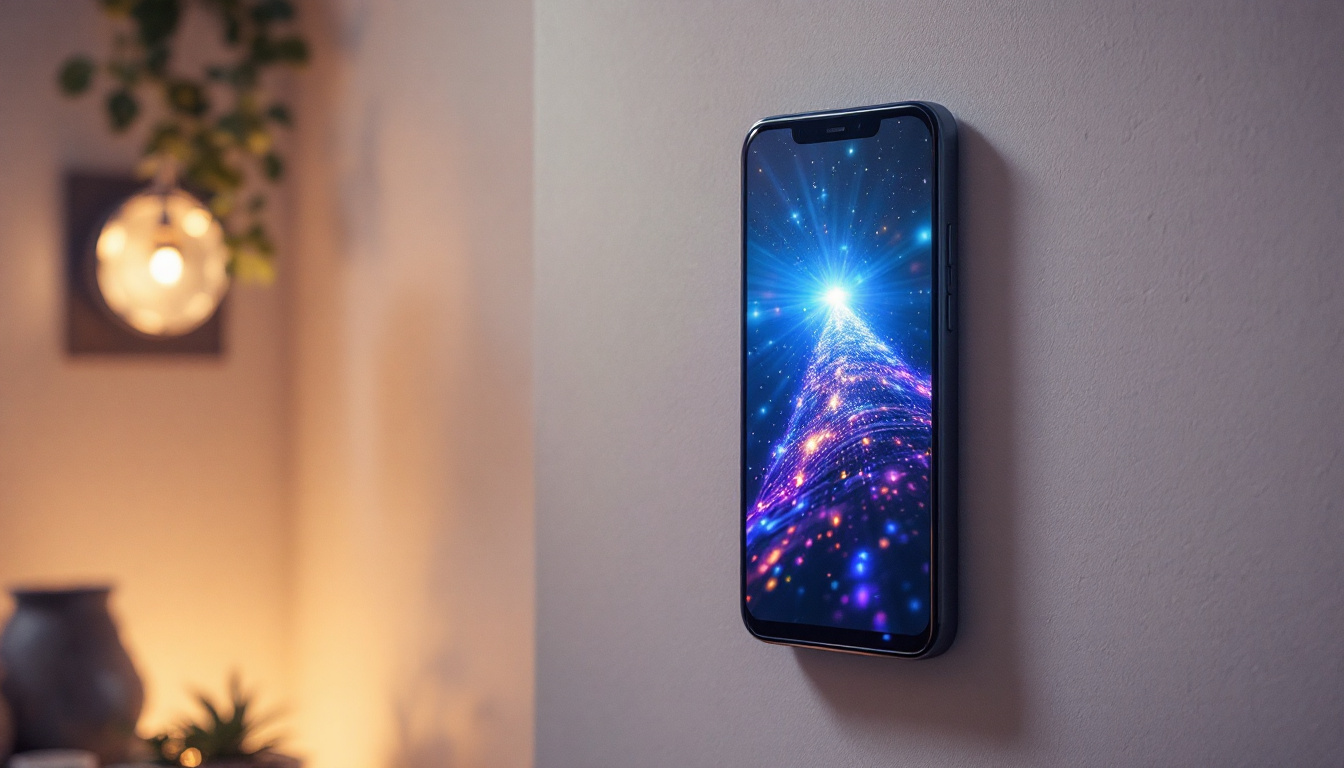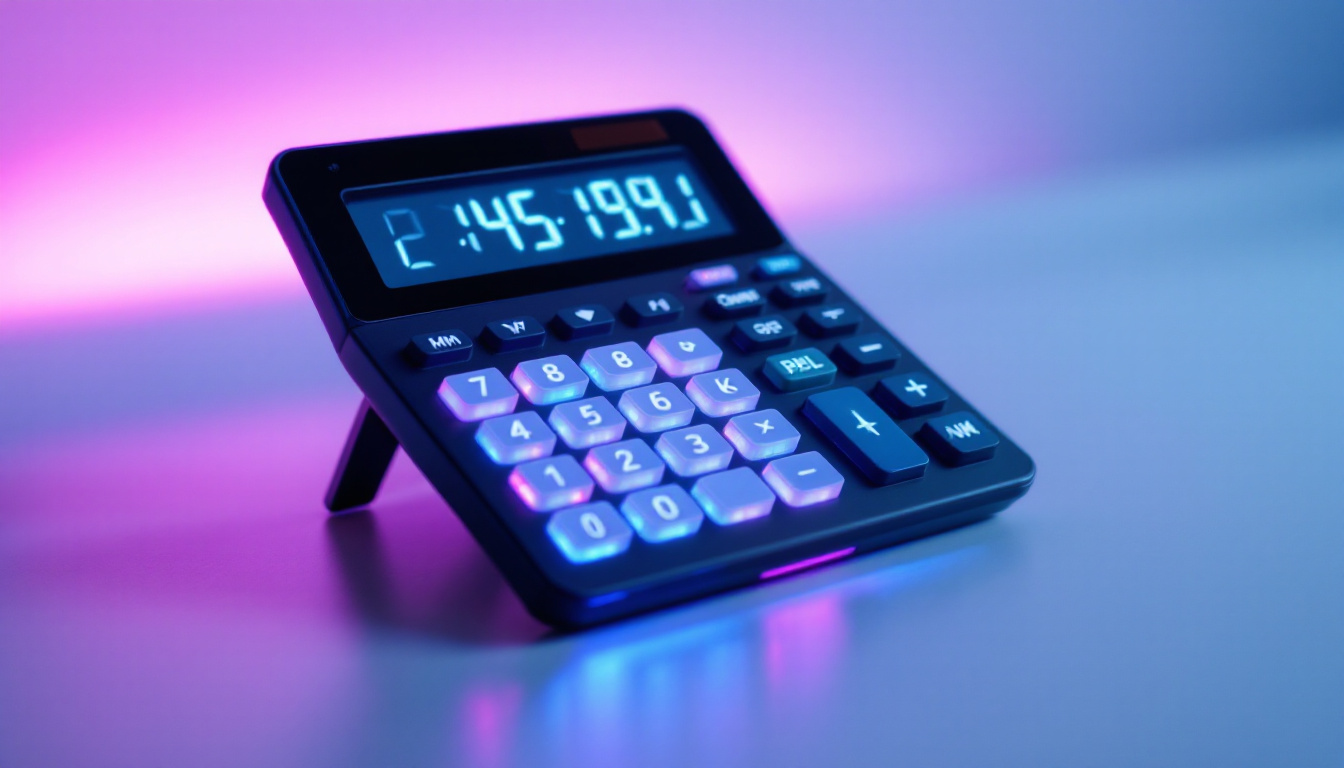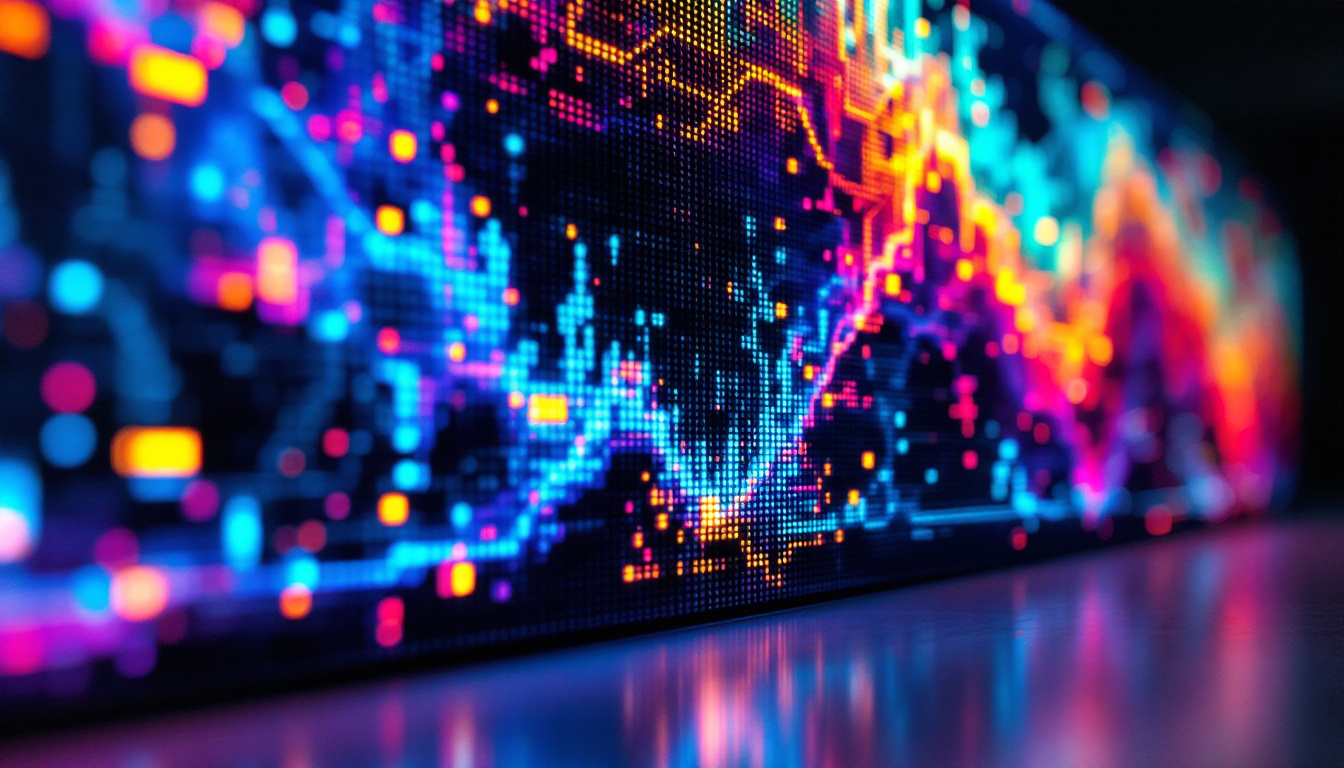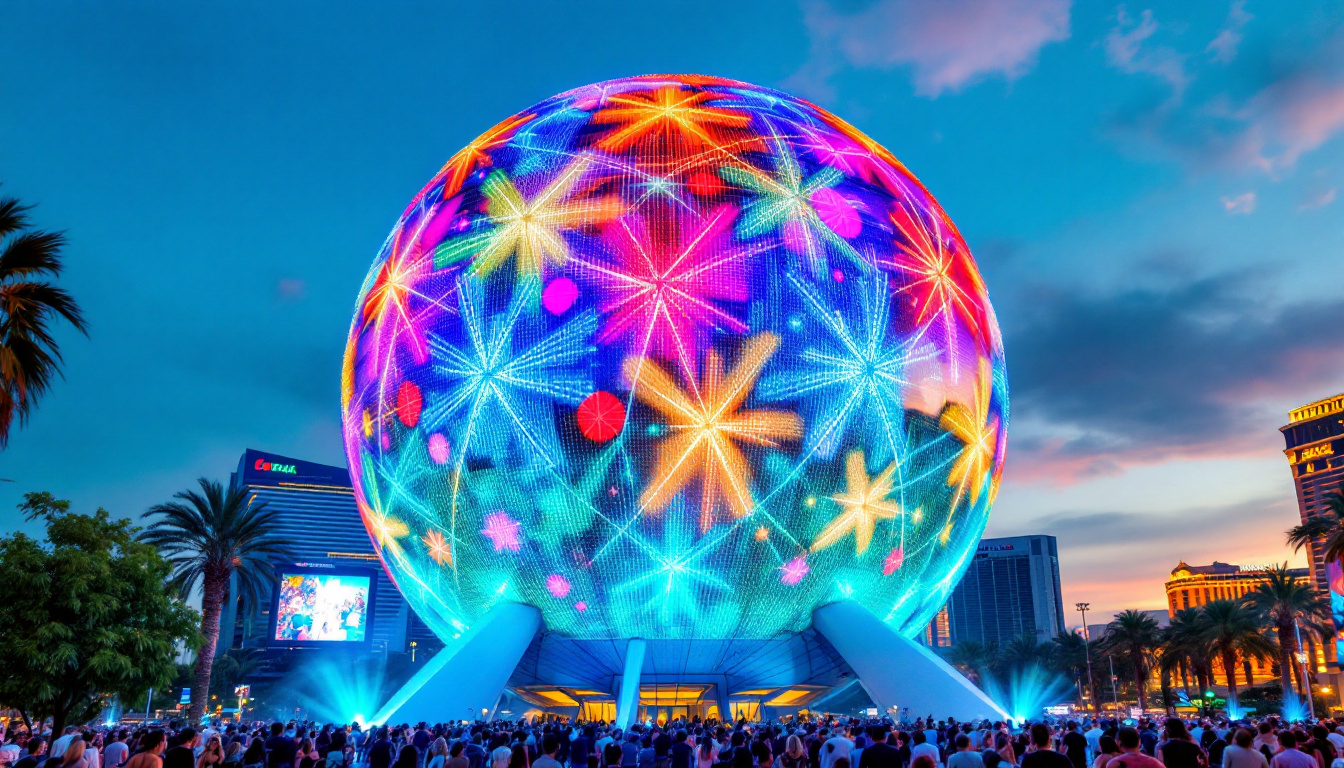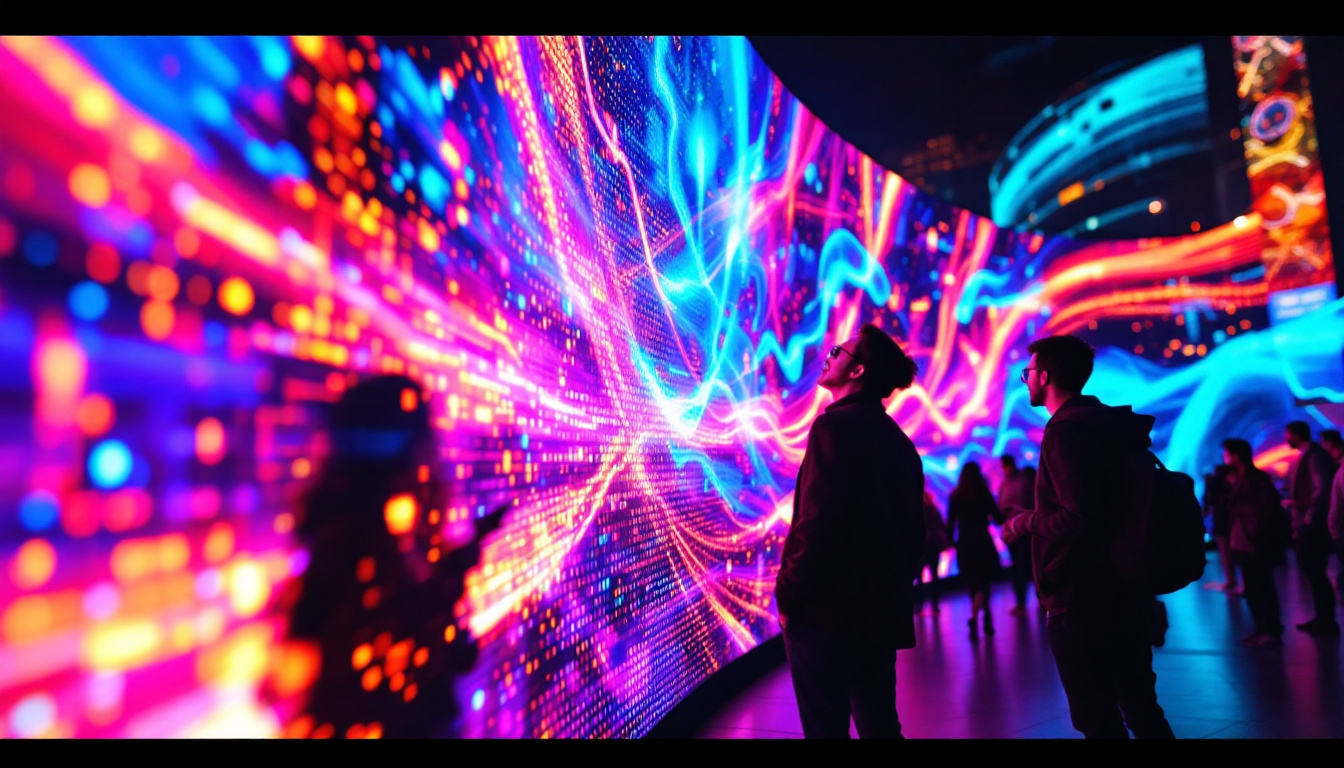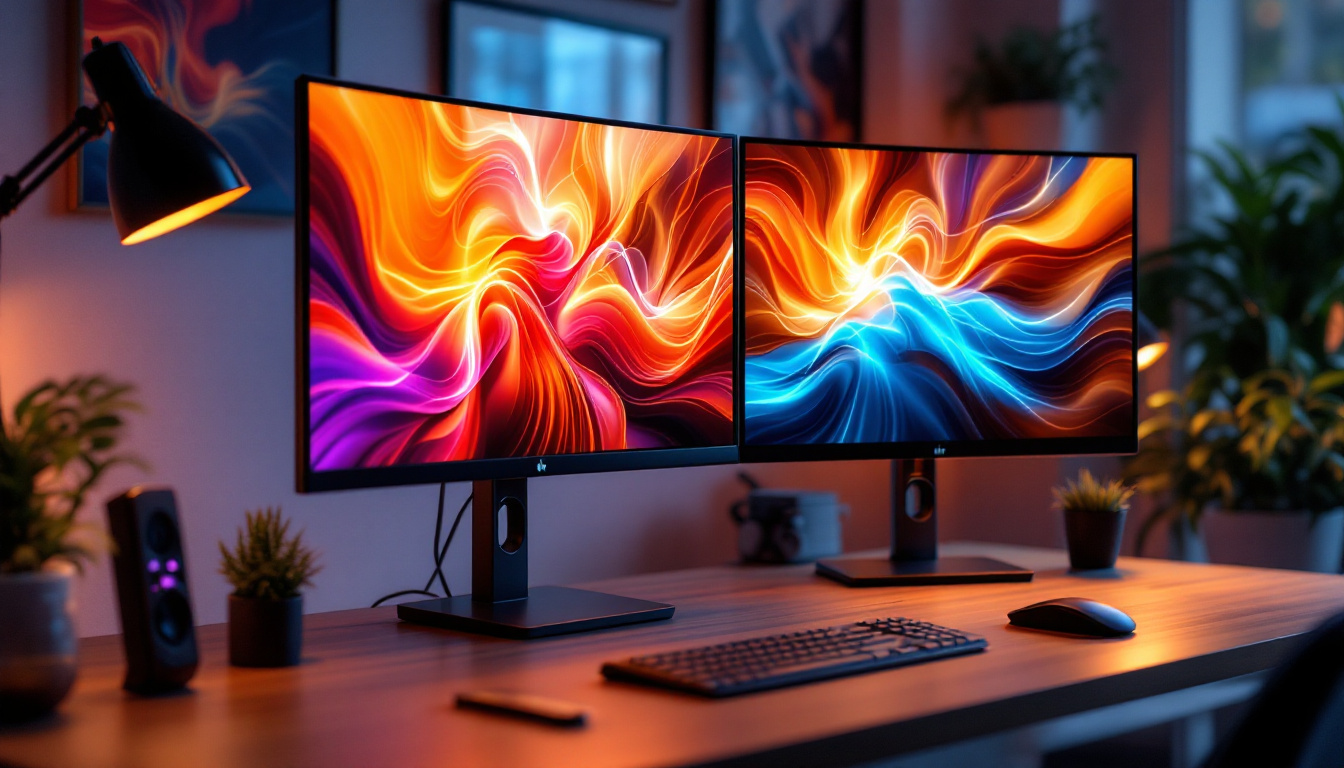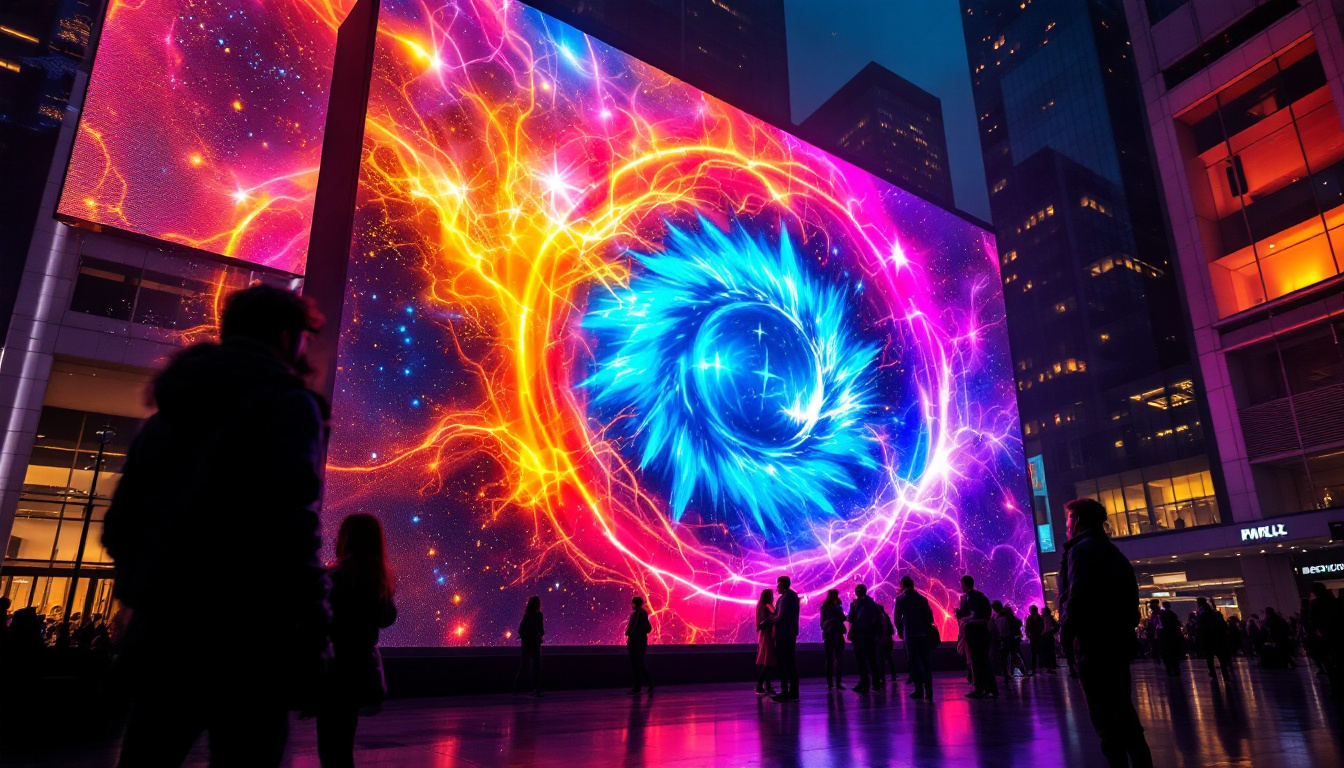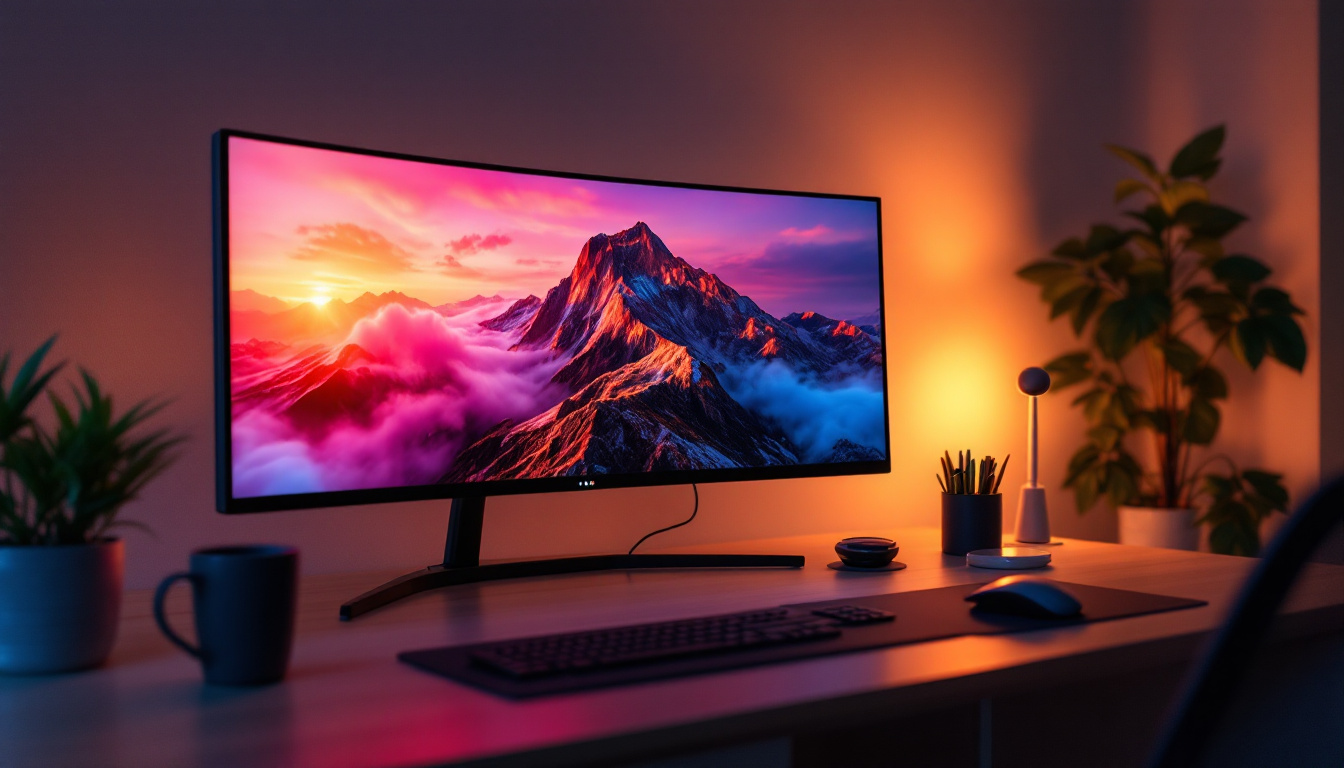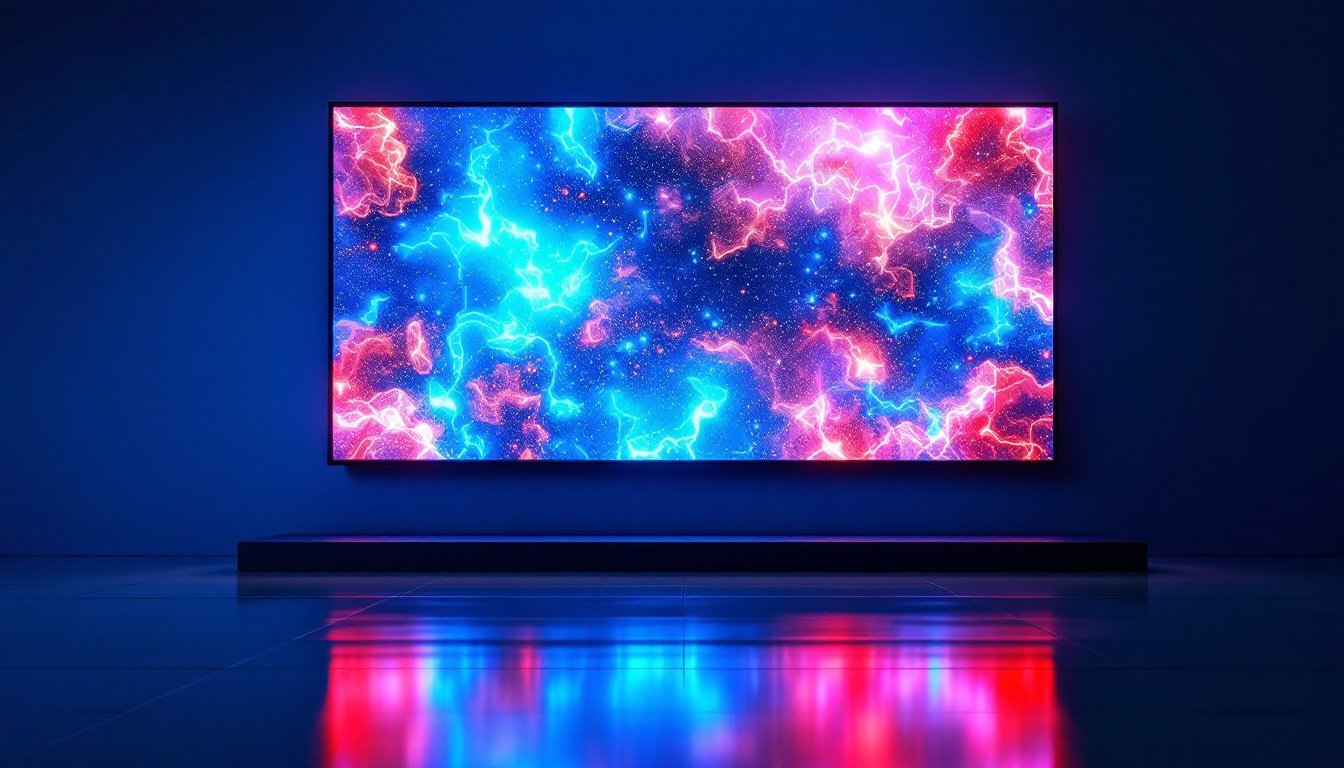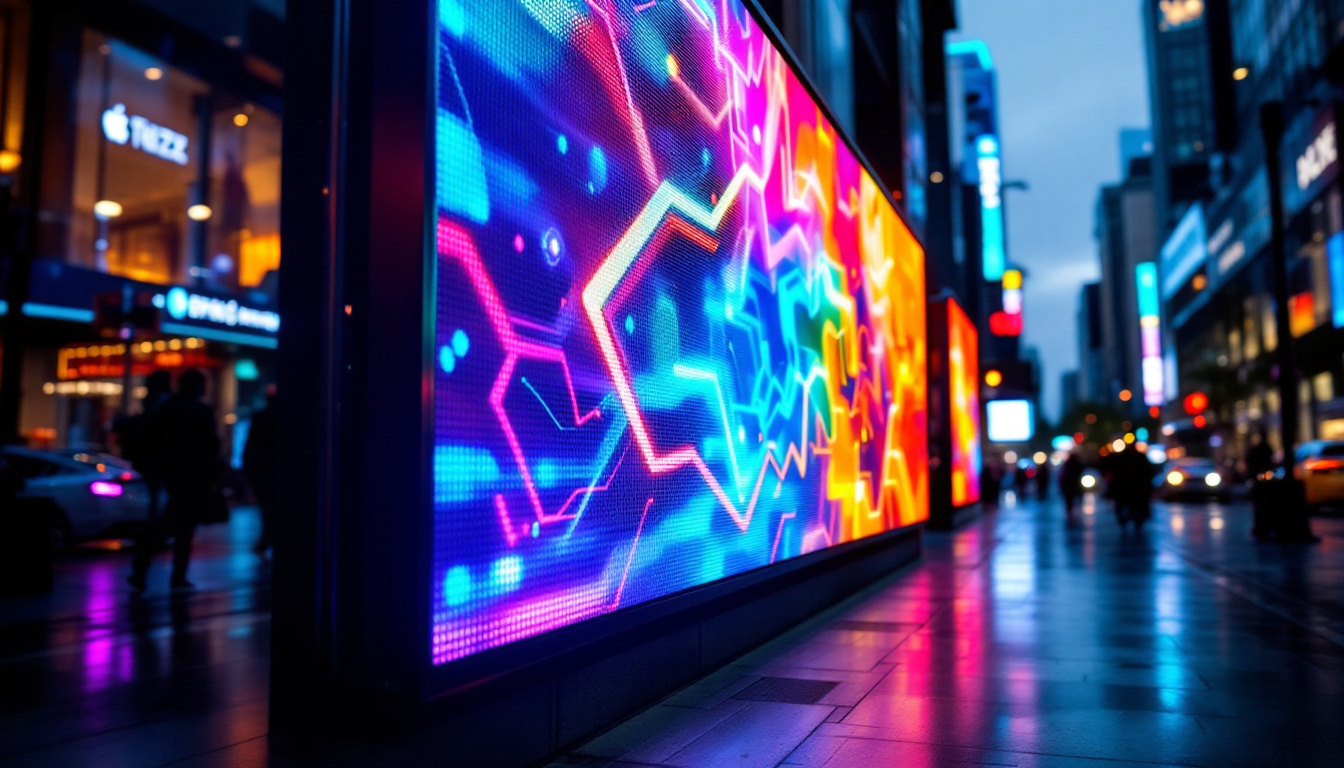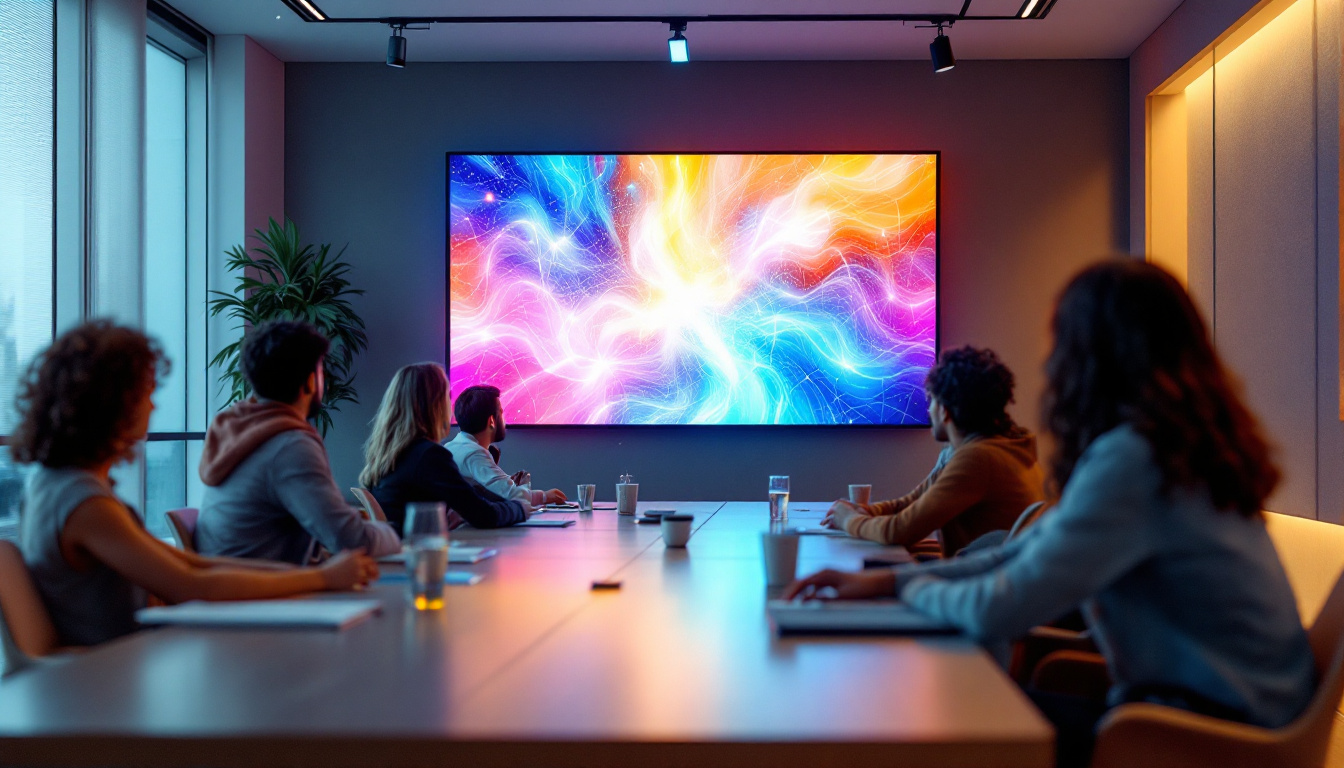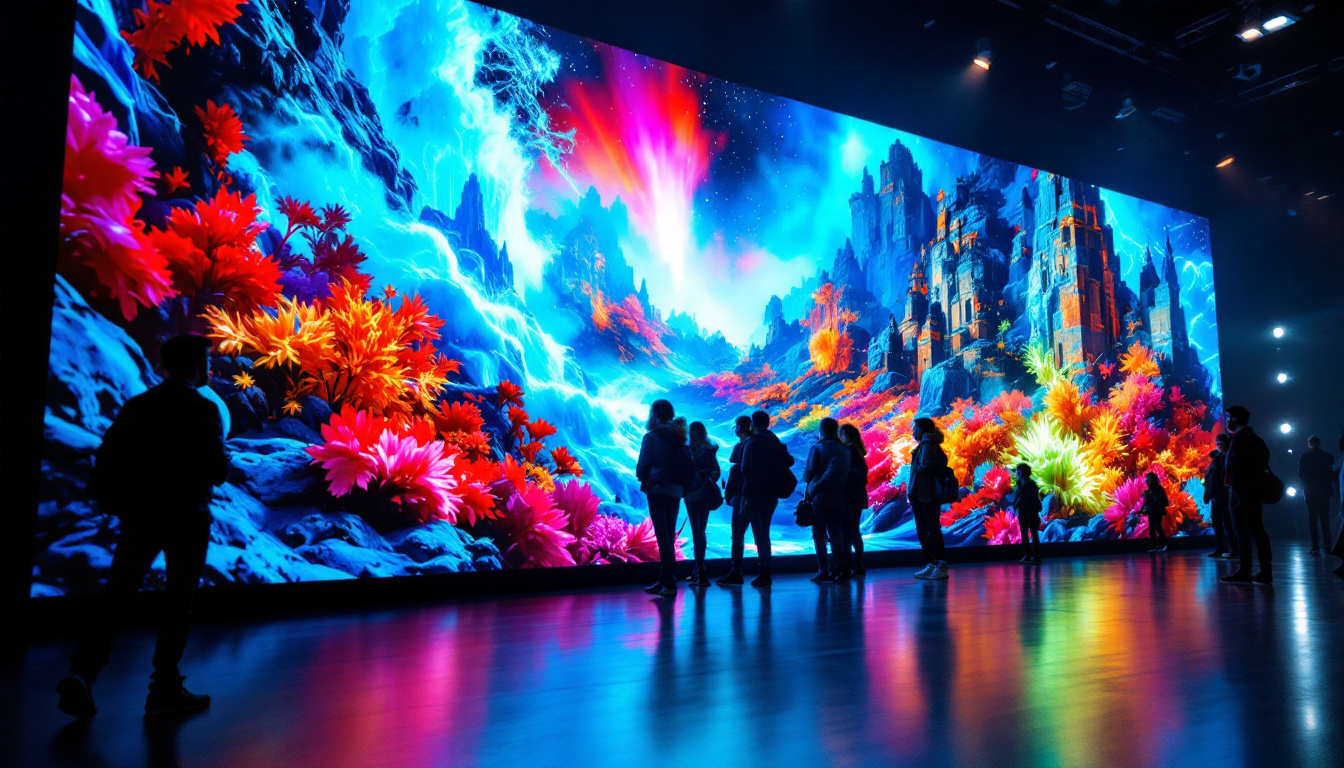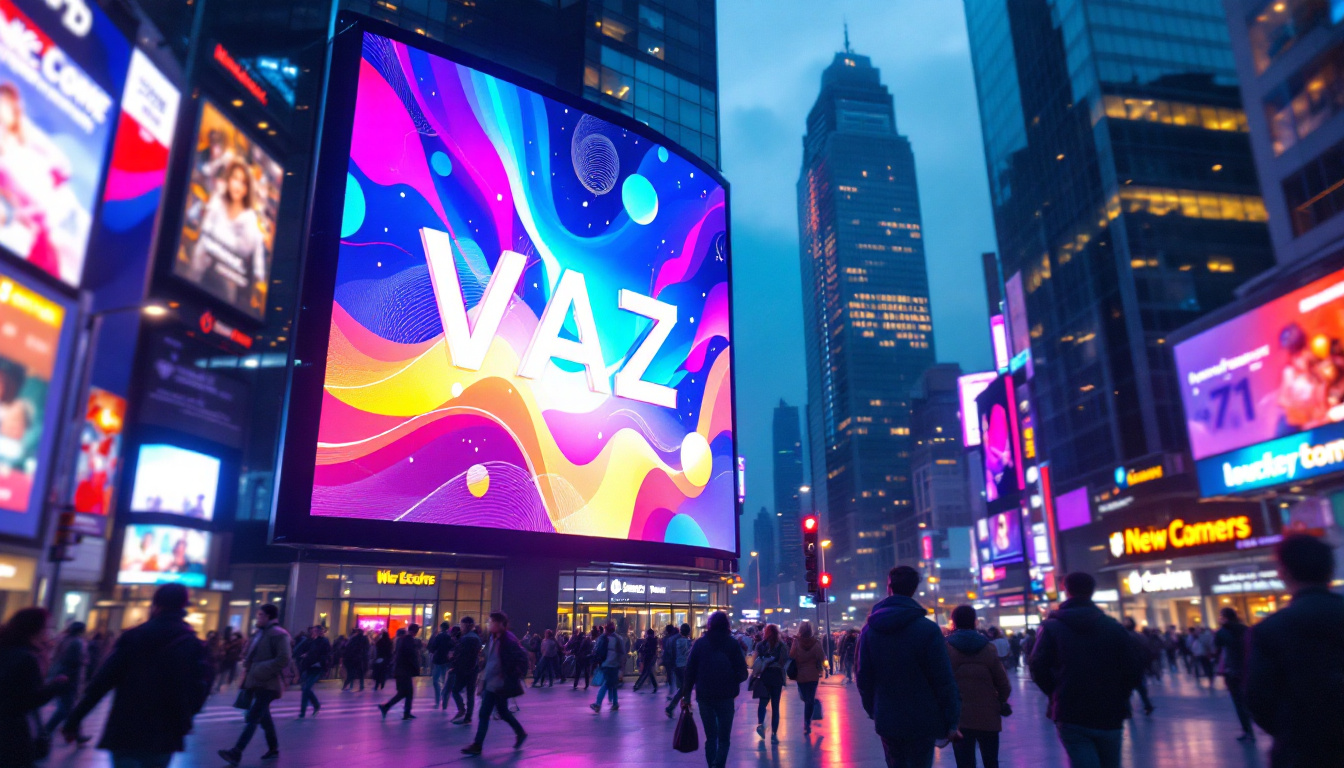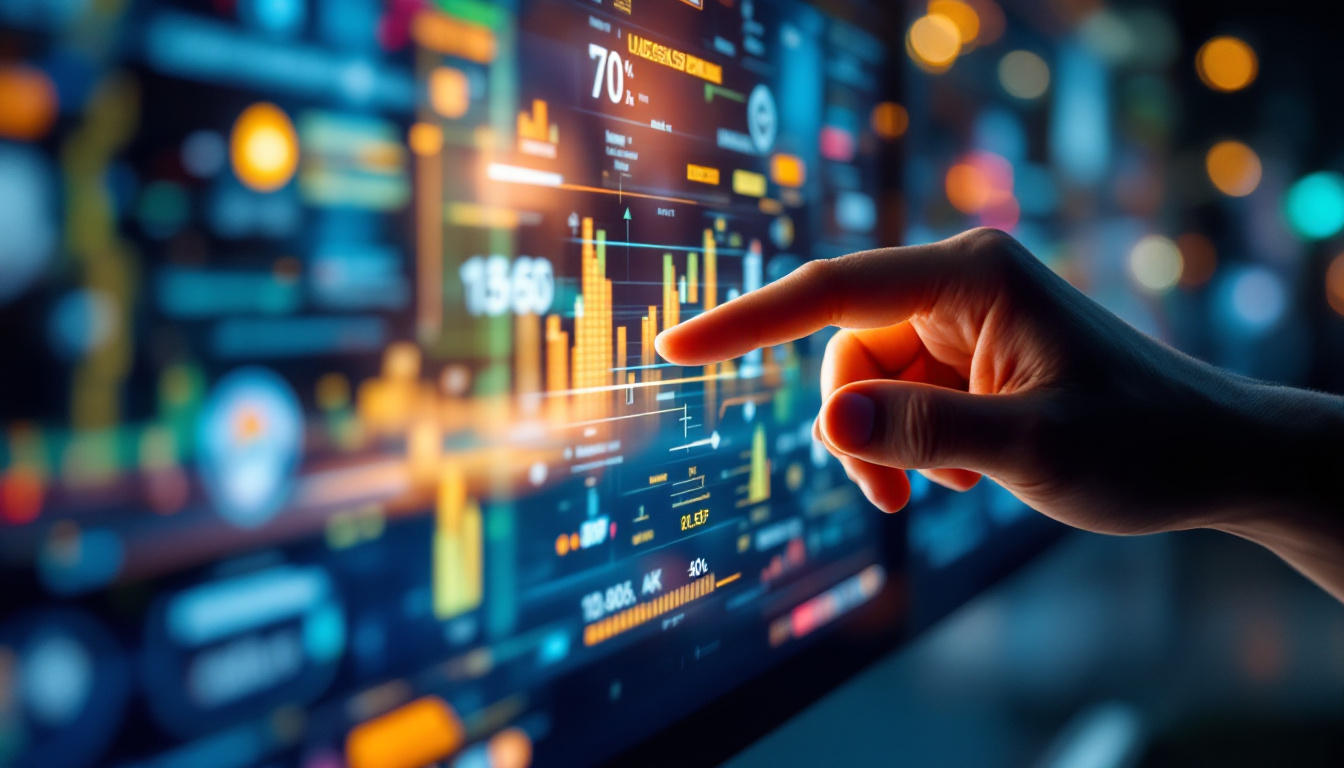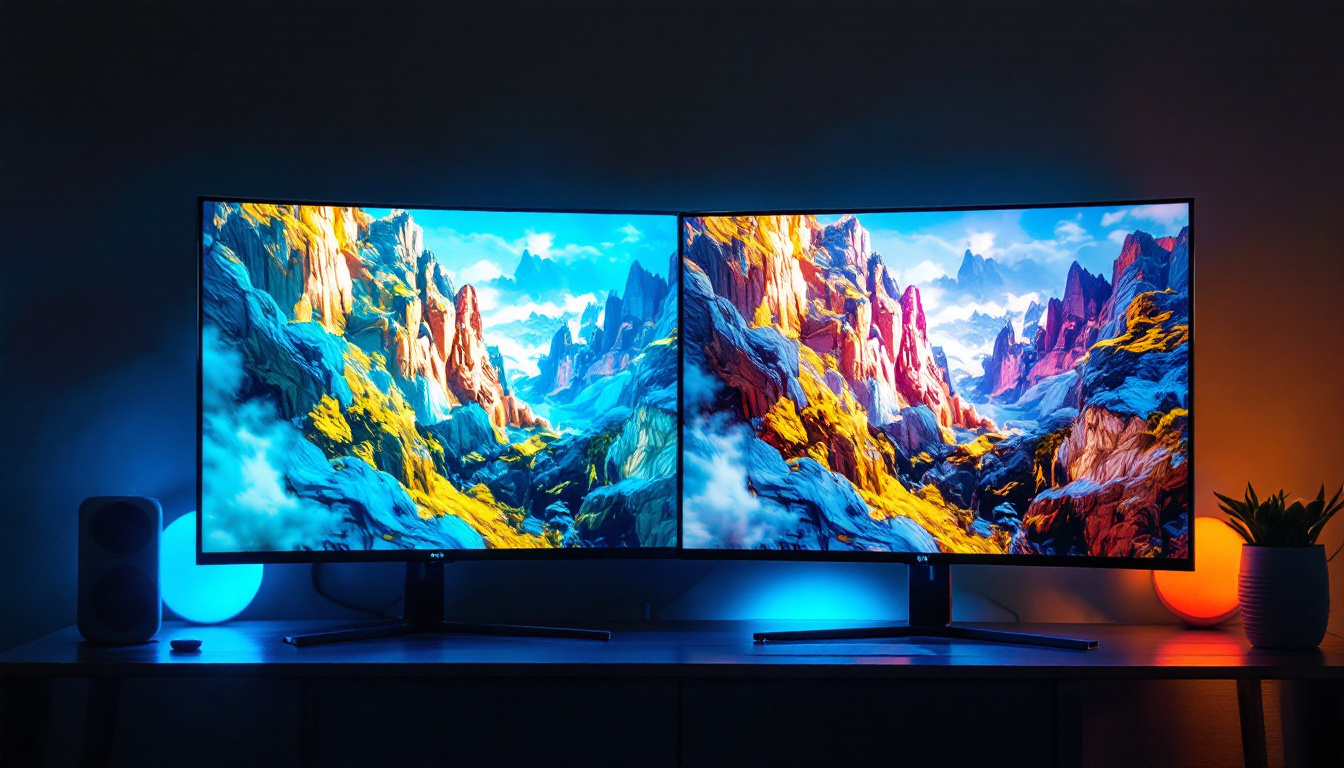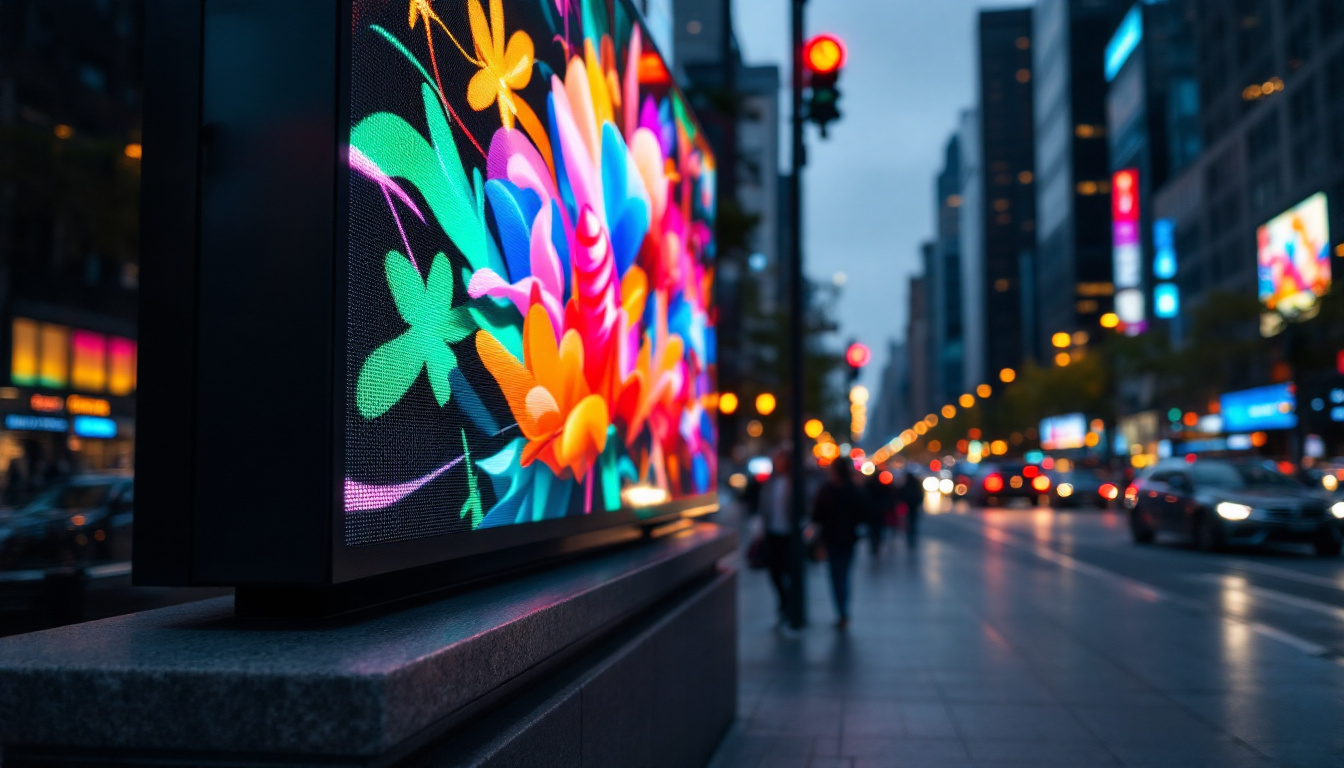In the digital age, LED displays have become ubiquitous, transforming the way information is presented across various platforms. From billboards to smartphones, the versatility and efficiency of LED technology have made it the go-to choice for visual communication. This article delves into the intricacies of LED displays, exploring their functionality, types, advantages, and applications.
What is an LED?
LED stands for Light Emitting Diode. It is a semiconductor device that emits light when an electric current passes through it. Unlike traditional incandescent bulbs, which produce light through heat, LEDs convert electrical energy directly into light, making them far more efficient.
The technology behind LEDs has advanced significantly since its inception in the early 1960s. Initially, LEDs were limited to emitting red light, but advancements have led to the development of a full spectrum of colors, allowing for a wide range of applications. Today, LEDs are used not only for general lighting but also in displays, automotive lighting, and even in horticulture, where specific wavelengths can promote plant growth.
How LEDs Work
At the core of an LED is a p-n junction, which is formed by combining p-type and n-type semiconductors. When voltage is applied, electrons move across the junction, recombining with holes and releasing energy in the form of photons, which is visible light. The color of the light emitted depends on the materials used in the semiconductor. For instance, using different compounds like gallium nitride or indium gallium phosphide can produce various colors, from blue to green to red.
This process is highly efficient, with LEDs converting about 80-90% of energy into light, compared to traditional bulbs, which waste a significant amount of energy as heat. This efficiency not only reduces energy costs but also extends the lifespan of the lighting solution. In fact, many LED bulbs can last up to 25,000 hours or more, significantly outlasting incandescent and fluorescent bulbs, which typically last only 1,000 and 10,000 hours, respectively. This longevity makes LEDs a more sustainable choice, as they reduce the frequency of replacements and the associated waste, contributing to a greener environment.
Understanding LED Displays
LED displays are digital screens that utilize LED technology to present visual information. They are commonly used in various applications, including advertising, broadcasting, and entertainment. The brightness, clarity, and energy efficiency of LED displays make them ideal for both indoor and outdoor environments. With advancements in technology, LED displays have become increasingly versatile, offering a range of features such as high dynamic range (HDR) and enhanced color gamuts that cater to diverse viewing preferences and needs.
Types of LED Displays
There are several types of LED displays, each designed for specific applications. The most common types include:
- Direct View LED Displays: These displays consist of individual LED modules that are directly visible to the viewer. They are often used in large outdoor billboards and stadium screens. Their ability to deliver vibrant images even in direct sunlight makes them a popular choice for public advertising and events.
- LED Backlit Displays: These displays use LEDs to provide backlighting for LCD screens. This technology enhances brightness and color accuracy, making it popular in televisions and computer monitors. The integration of LED backlighting has significantly improved the viewing experience, allowing for deeper blacks and more vivid colors compared to traditional fluorescent backlit displays.
- Organic LED (OLED) Displays: OLEDs use organic compounds to emit light, allowing for thinner screens and better color reproduction. They are commonly found in high-end smartphones and televisions. The self-emissive nature of OLED technology means that each pixel can turn on and off independently, resulting in true blacks and an overall more immersive viewing experience.
Resolution and Pixel Pitch
The resolution of an LED display is determined by the number of pixels it contains. Higher resolution displays provide clearer images and finer details. Pixel pitch, measured in millimeters, refers to the distance between the centers of two adjacent pixels. A smaller pixel pitch indicates a higher resolution, making it suitable for closer viewing distances.
For instance, a display with a pixel pitch of 2mm is ideal for indoor environments where viewers are close to the screen, while a pitch of 10mm or more is suitable for outdoor displays viewed from a distance. As technology continues to evolve, manufacturers are now producing displays with even smaller pixel pitches, enabling stunning clarity and detail that was previously unattainable. This trend is particularly beneficial for applications like digital signage in retail environments, where attracting customer attention with high-quality visuals is crucial.
Moreover, the advancements in resolution have led to the development of 4K and even 8K LED displays, which offer an unprecedented level of detail and sharpness. These displays are becoming increasingly popular in both commercial and residential settings, as they provide a more engaging and lifelike viewing experience. The combination of high resolution and fine pixel pitch allows for seamless integration into any environment, making LED displays a preferred choice for modern visual communication.
Advantages of LED Displays
LED displays offer numerous advantages over traditional display technologies, making them a preferred choice for many applications. Some of the key benefits include:
Energy Efficiency
One of the most significant advantages of LED displays is their energy efficiency. They consume significantly less power than traditional displays, which translates to lower operational costs. This efficiency not only benefits businesses financially but also reduces the environmental impact associated with energy consumption. Furthermore, the lower heat output of LED displays means that they require less energy for cooling, further enhancing their overall efficiency and sustainability.
Brightness and Visibility
LED displays are known for their high brightness levels, making them easily visible even in direct sunlight. This characteristic is particularly important for outdoor advertising and public displays, where visibility can be compromised by ambient light conditions. Additionally, the ability to adjust brightness levels dynamically allows for optimal viewing experiences at all times of the day, ensuring that messages are conveyed effectively regardless of the surrounding light conditions.
Durability and Longevity
LED technology is inherently robust, providing a longer lifespan compared to traditional display technologies. An LED display can last up to 100,000 hours, significantly reducing the need for frequent replacements and maintenance. This durability makes them an attractive investment for businesses looking to maximize their return on investment. Moreover, LED displays are less susceptible to damage from shock and vibration, making them ideal for use in high-traffic areas or environments where traditional screens might fail. Their resilience not only ensures consistent performance but also enhances safety, as there is a reduced risk of malfunction during critical operations.
Versatility in Design
Another compelling advantage of LED displays is their versatility in design and application. They can be manufactured in various shapes and sizes, allowing for creative installations that can fit any space, from large billboards to small indoor screens. This adaptability makes them suitable for a wide range of environments, including retail stores, sports arenas, and even art installations. Furthermore, advancements in technology have enabled the development of flexible LED displays that can be curved or shaped to create unique visual experiences, pushing the boundaries of traditional display formats.
Enhanced Color Quality
LED displays are also renowned for their superior color quality, delivering vibrant and true-to-life images. With the ability to produce a wider color gamut and deeper contrasts, LED technology ensures that visuals are not only striking but also engaging. This quality is particularly beneficial in industries such as entertainment and advertising, where capturing the audience’s attention is crucial. Additionally, the rapid response time of LEDs allows for smooth video playback and animations, enhancing the overall viewing experience and making it more immersive for the audience.
Applications of LED Displays
LED displays are utilized across a wide range of industries and applications. Their versatility allows for innovative uses in various settings. Here are some notable applications:
Advertising and Marketing
One of the most prominent uses of LED displays is in advertising and marketing. Digital billboards, storefront displays, and event signage leverage the vibrant colors and dynamic content capabilities of LED technology to capture audience attention. Advertisers can easily update content in real-time, allowing for targeted marketing strategies.
Entertainment and Events
In the entertainment industry, LED displays are a staple at concerts, festivals, and sporting events. Large LED screens enhance the audience experience by providing high-quality visuals and live feeds. Additionally, stage backdrops often utilize LED technology to create immersive environments.
Transportation and Public Information
LED displays are widely used in transportation systems for real-time information dissemination. Bus stops, train stations, and airports utilize LED screens to provide travelers with essential updates on schedules, delays, and other pertinent information. Their visibility and clarity ensure that crucial information is communicated effectively.
Future Trends in LED Display Technology
The future of LED display technology is promising, with ongoing advancements set to revolutionize the industry further. Emerging trends include:
MicroLED Technology
MicroLED technology represents the next generation of display technology, utilizing tiny micro-sized LEDs to create displays with exceptional resolution and color accuracy. This technology promises to deliver even thinner screens and improved performance, making it a strong contender for future applications in televisions and mobile devices.
Flexible and Transparent Displays
Flexible LED displays are gaining traction, allowing for innovative designs and applications. These displays can be bent or curved to fit various surfaces, opening new possibilities in architecture and design. Transparent LED displays are also emerging, enabling information to be displayed without obstructing views, ideal for retail environments.
Smart LED Displays
As the Internet of Things (IoT) continues to grow, smart LED displays are becoming more prevalent. These displays can connect to the internet, allowing for real-time updates, remote management, and integration with other smart devices. This connectivity enhances their functionality and opens new avenues for interactive advertising and user engagement.
Conclusion
LED displays have transformed the landscape of visual communication, offering unparalleled efficiency, versatility, and quality. Their applications span various industries, from advertising to transportation, making them an essential component of modern technology. As advancements continue to unfold, LED displays are set to become even more integral to how information is shared and consumed in our daily lives.
Understanding the fundamentals of LED technology and its applications is crucial for anyone looking to leverage this innovative display solution. With their numerous advantages and ongoing developments, LED displays will undoubtedly play a pivotal role in shaping the future of visual communication.
Discover the Future of Visual Communication with LumenMatrix
As you consider the vast potential and benefits of LED display technology for your business or project, LumenMatrix stands at the forefront of innovation, ready to illuminate your vision. With a comprehensive range of solutions including Indoor and Outdoor LED Wall Displays, Vehicle and Sports LED Displays, and even Custom and All-in-One LED solutions, LumenMatrix is committed to transforming your visual communication strategies. Experience the difference with our captivating LED Transparent Displays and other cutting-edge products designed to engage and captivate your audience. Check out LumenMatrix LED Display Solutions today and step into a brighter, more engaging visual future.

